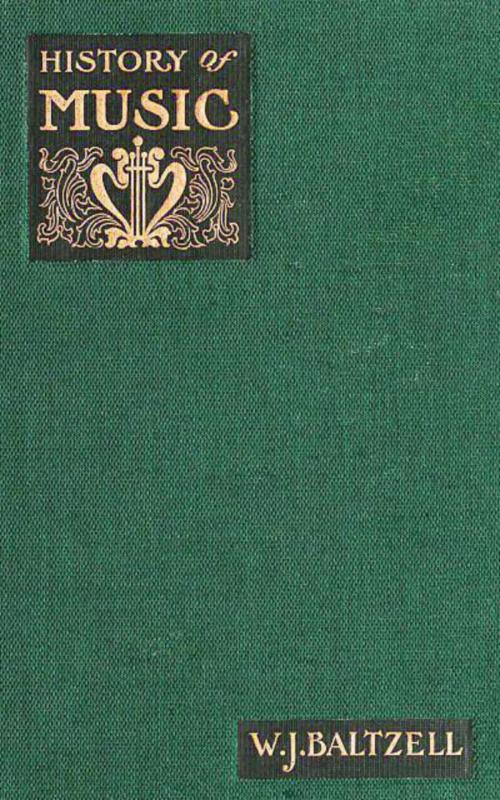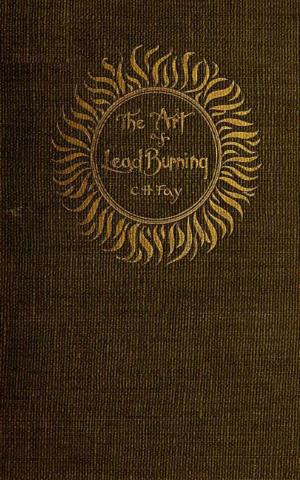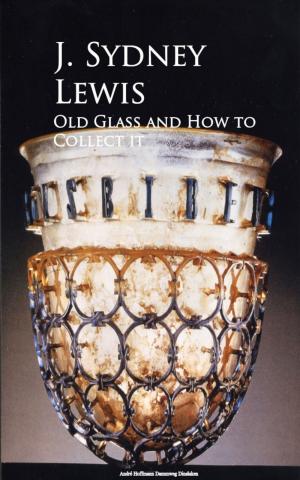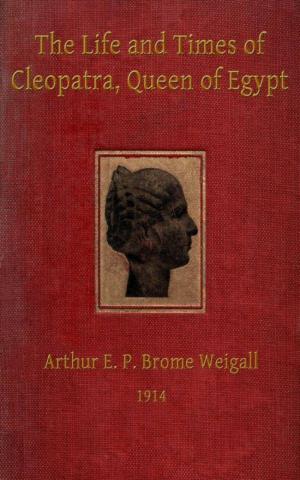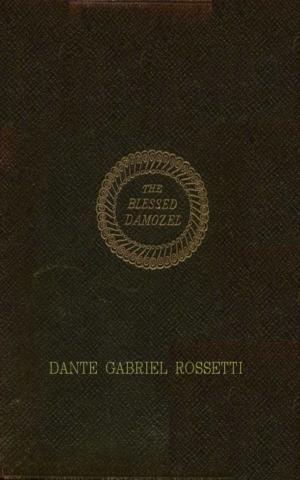| Author: | W. J. Baltzell | ISBN: | 9783736418486 |
| Publisher: | anboco | Publication: | July 15, 2017 |
| Imprint: | Language: | English |
| Author: | W. J. Baltzell |
| ISBN: | 9783736418486 |
| Publisher: | anboco |
| Publication: | July 15, 2017 |
| Imprint: | |
| Language: | English |
The plan of arrangement used in this book has in view a combination of the recitation and lecture systems, and affords an opportunity for teachers to apply the best principles of both. The paragraph headings should be thoroughly fixed in mind and close attention should be given to the words in heavy type and Italics that occur in the body of a paragraph; together they form a convenient outline for the lesson. The questions at the end of each lesson are to be used to test the pupils' mastery of the lesson material; all available works of reference should be consulted for fuller information than the limited space of one book will admit of, each member of the class preparing one or more abstracts to be read before the class. The review outlines and suggestions are to be used in the same way, special attention being given to written answers such as would be required in an examination. With a view of furnishing the reader a considerable amount of material on the growth of music as an art, biographical sketches have been made short, especially since so many excellent works of that description are available at a small price. Emphasis has been laid on the work of the men who developed music, on the influences which shaped their careers and the permanent value of their contributions to music. A clear knowledge of how music reached its present state is not to be had by studying books, biographical and critical; the works of the composers must be examined, played and sung, compared, analyzed as to methods of construction (Form) and expression (Melody, Harmony and Rhythm), so that the student may appreciate the change from simple, elementary processes to the free, polyphonic style found in the complex modern piano and orchestral scores. Reference is made to representative [Pg vi] compositions by classical and modern composers, which are part of the average teaching repertoire.
The plan of arrangement used in this book has in view a combination of the recitation and lecture systems, and affords an opportunity for teachers to apply the best principles of both. The paragraph headings should be thoroughly fixed in mind and close attention should be given to the words in heavy type and Italics that occur in the body of a paragraph; together they form a convenient outline for the lesson. The questions at the end of each lesson are to be used to test the pupils' mastery of the lesson material; all available works of reference should be consulted for fuller information than the limited space of one book will admit of, each member of the class preparing one or more abstracts to be read before the class. The review outlines and suggestions are to be used in the same way, special attention being given to written answers such as would be required in an examination. With a view of furnishing the reader a considerable amount of material on the growth of music as an art, biographical sketches have been made short, especially since so many excellent works of that description are available at a small price. Emphasis has been laid on the work of the men who developed music, on the influences which shaped their careers and the permanent value of their contributions to music. A clear knowledge of how music reached its present state is not to be had by studying books, biographical and critical; the works of the composers must be examined, played and sung, compared, analyzed as to methods of construction (Form) and expression (Melody, Harmony and Rhythm), so that the student may appreciate the change from simple, elementary processes to the free, polyphonic style found in the complex modern piano and orchestral scores. Reference is made to representative [Pg vi] compositions by classical and modern composers, which are part of the average teaching repertoire.
